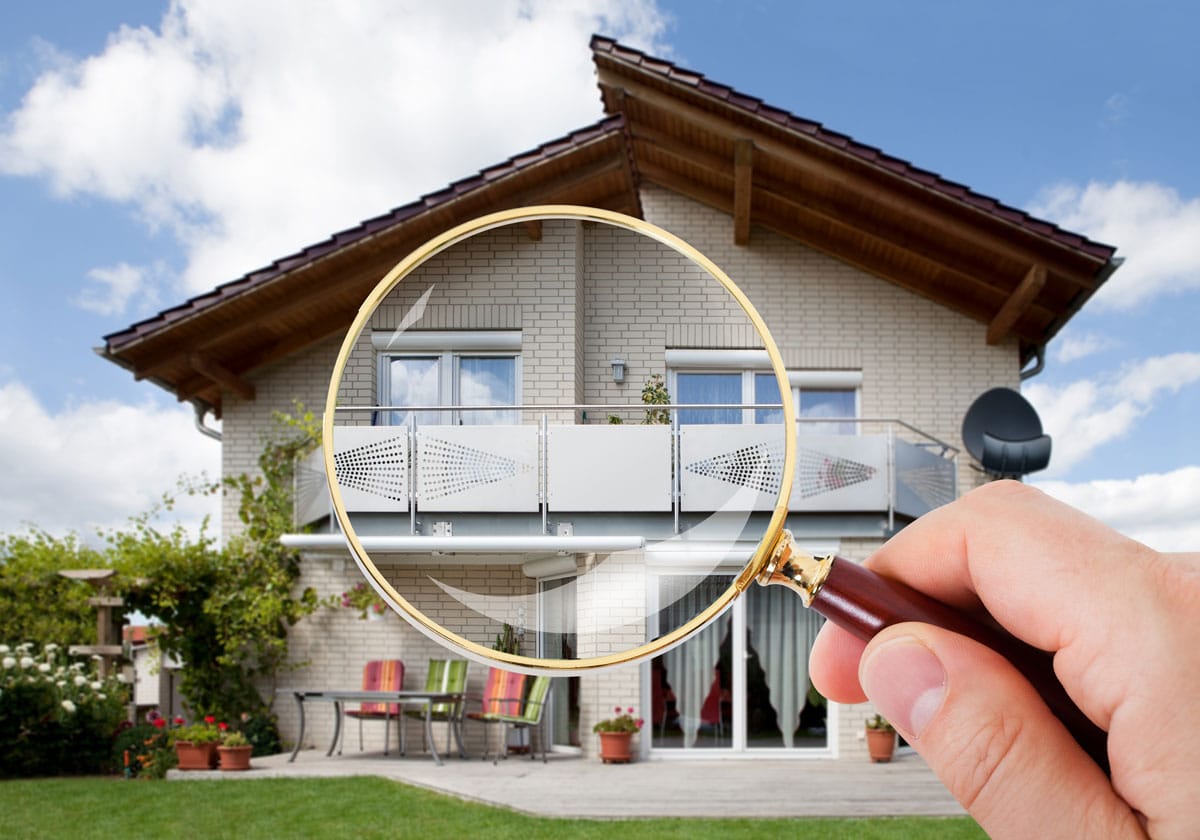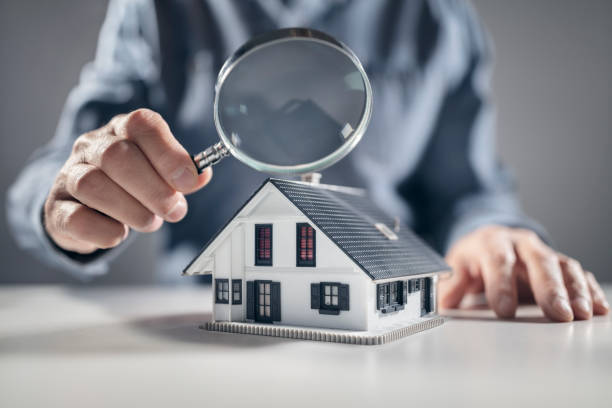Home inspections to detect potential issues before buying or listing
What Is Included in an Extensive Residential Property Inspection Process?
A detailed building inspection process is important for securing financial investments and making certain safety. It includes a precise assessment of structural honesty, electrical systems, pipes, and HVAC units, to name a few critical elements. Examiners do an extensive examination of both outside and indoor components, determining prospective risks and compliance with industry criteria. The resulting record offers as an essential source for present owners and prospective customers alike. The specifics of what assessors focus on, and the implications of their searchings for, can substantially influence decision-making. What, after that, are one of the most crucial aspects that can make or damage a building evaluation?
Introduction of Residential Or Commercial Property Assessment

The assessment encompasses a number of key locations, consisting of the exterior and indoor elements, systems such as pipes and electrical, and any visible structural parts (Phoenix home inspections). Throughout the process, the examiner records the condition of these aspects, looking for indications of wear, damages, or potential dangers
A thorough residential property inspection not only aids possible buyers make notified choices yet also helps present proprietors in understanding required repair services or upkeep jobs. By offering an in-depth record of searchings for, the examination enables stakeholders to prioritize problems that might need prompt focus or could impact future investment.
Additionally, an efficient evaluation process sticks to established industry standards and guidelines, guaranteeing a constant and trustworthy analysis. On the whole, the property inspection process is an important tool in real estate transactions, advertising openness and guarding both customer and vendor rate of interests.
Structural Assessment

Throughout the examination, professionals assess different elements, consisting of the structure, framework, wall surfaces, and roof systems. They search for indicators of moving or clearing up, such as fractures in walls or unequal floorings, which can indicate underlying concerns. The analysis additionally entails checking out the top quality of building and construction products and strategies used, ensuring conformity with structure codes and criteria.
Furthermore, examiners may look for signs of dampness breach, which can cause wood rot and mold, further endangering architectural stability. They likewise evaluate load-bearing components to guarantee they can effectively support the weight of the building and its materials.
Ultimately, a detailed architectural evaluation gives invaluable understandings for possible buyers and homeowners, enabling them to make enlightened decisions pertaining to residential or commercial property have a peek at this website investments and needed upkeep. By identifying structural concerns early, owners can resolve problems proactively, maintaining the long-term worth and safety of the property.
Electrical System Analysis
An effective electric system analysis is essential in the building evaluation procedure, as it evaluates the security, performance, and conformity of a building's electrical facilities - Home inspections. This analysis typically includes a detailed examination of the main electrical panel, circuit breakers, and circuitry systems. Assessors look for indications of wear, rust, or damages that might endanger safety and security
The evaluation includes testing for appropriate grounding and bonding, making sure that the electric system is appropriately attached to important link stop electrical shock or fire risks. Examiners likewise examine the capability of the electric system to manage the present tons, determining any type of possible overwhelming problems that can bring about failings or blackouts.
Furthermore, the assessment look for the visibility of GFCI (Ground Mistake Circuit Interrupter) and AFCI (Arc Fault Circuit Interrupter) devices in appropriate locations, which are essential for shielding versus electrical shocks and preventing fires. Conformity with neighborhood structure codes and policies is likewise confirmed to make certain that any installations or alterations satisfy safety and security standards.

Plumbing and Heating And Cooling Checks
Adhering to the electric system assessment, the plumbing and heating and cooling checks are essential elements of the building inspection process. These evaluations guarantee that the vital systems of the residential property are operating effectively and securely, therefore shielding the financial investment and health of the owners.
Throughout pipes evaluations, experts examine the condition of pipes, fixtures, and water drainage systems. They examine for leakages, rust, and any type of signs of water damage that might show bigger problems. The effectiveness of water heating units is also evaluated to guarantee they satisfy present standards and provide ample warm water supply.
Assessors will assess the functional efficiency of these systems, making certain that they maintain a comfy interior atmosphere. In addition, the inspector will certainly look for any kind of indications of wear or possible safety dangers, such as carbon monoxide leakages in heating systems.
Exterior and Inside Inspections
Outside and indoor evaluations are vital facets of the property evaluation process, giving an extensive summary of a building's problem. The external evaluation entails assessing structural aspects such as the roofing, home siding, structure, and windows.
The interior inspection concentrates on the condition of living rooms, consisting of walls, floor covering, and ceilings. Inspectors analyze the capability of home appliances, doors, and home windows, while likewise inspecting for indications of wetness or structural problems. Electrical systems, pipes fixtures, and cooling and heating units are looked at to guarantee they are in Extra resources functioning order, certified with structure codes, and without safety and security threats.
Both evaluations finish in a thorough record that highlights essential findings and suggestions for fixings or further examinations. This twin method ensures that prospective purchasers or proprietors are fully informed regarding the building's strengths and weaknesses, allowing them to make well-informed decisions.
Verdict
To conclude, a comprehensive home evaluation procedure includes a substantial evaluation of structural stability, electrical systems, plumbing, and heating and cooling devices, together with detailed exterior and indoor evaluations - Commercial property inspections. By systematically examining each crucial component, potential safety risks and conformity with sector criteria and regional building regulations can be identified. The resultant detailed record functions as an important source, equipping homeowners and buyers to make enlightened choices relating to residential or commercial property financial investments and maintenance, eventually boosting safety and security and worth
An extensive property evaluation procedure is necessary for guaranteeing and protecting investments safety and security.During the evaluation, professionals examine various components, including the foundation, framing, walls, and roof systems.An effective electrical system evaluation is critical in the residential property evaluation process, as it examines the security, functionality, and conformity of a building's electrical infrastructure.Outside and indoor examinations are essential aspects of the property evaluation procedure, offering an extensive overview of a home's problem.In verdict, a detailed building assessment procedure incorporates a comprehensive analysis of structural honesty, electric systems, plumbing, and Heating and cooling units, alongside in-depth exterior and indoor inspections.